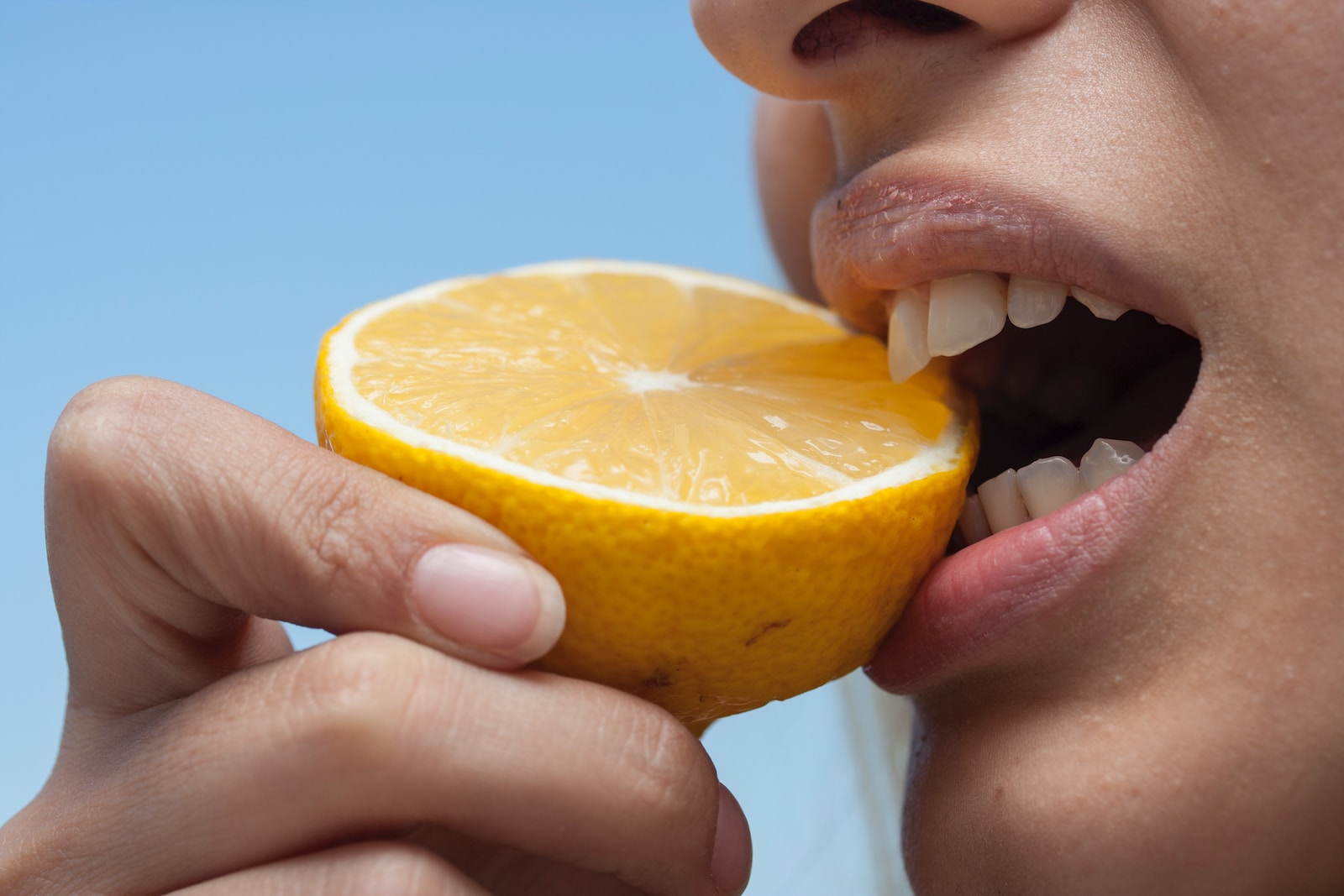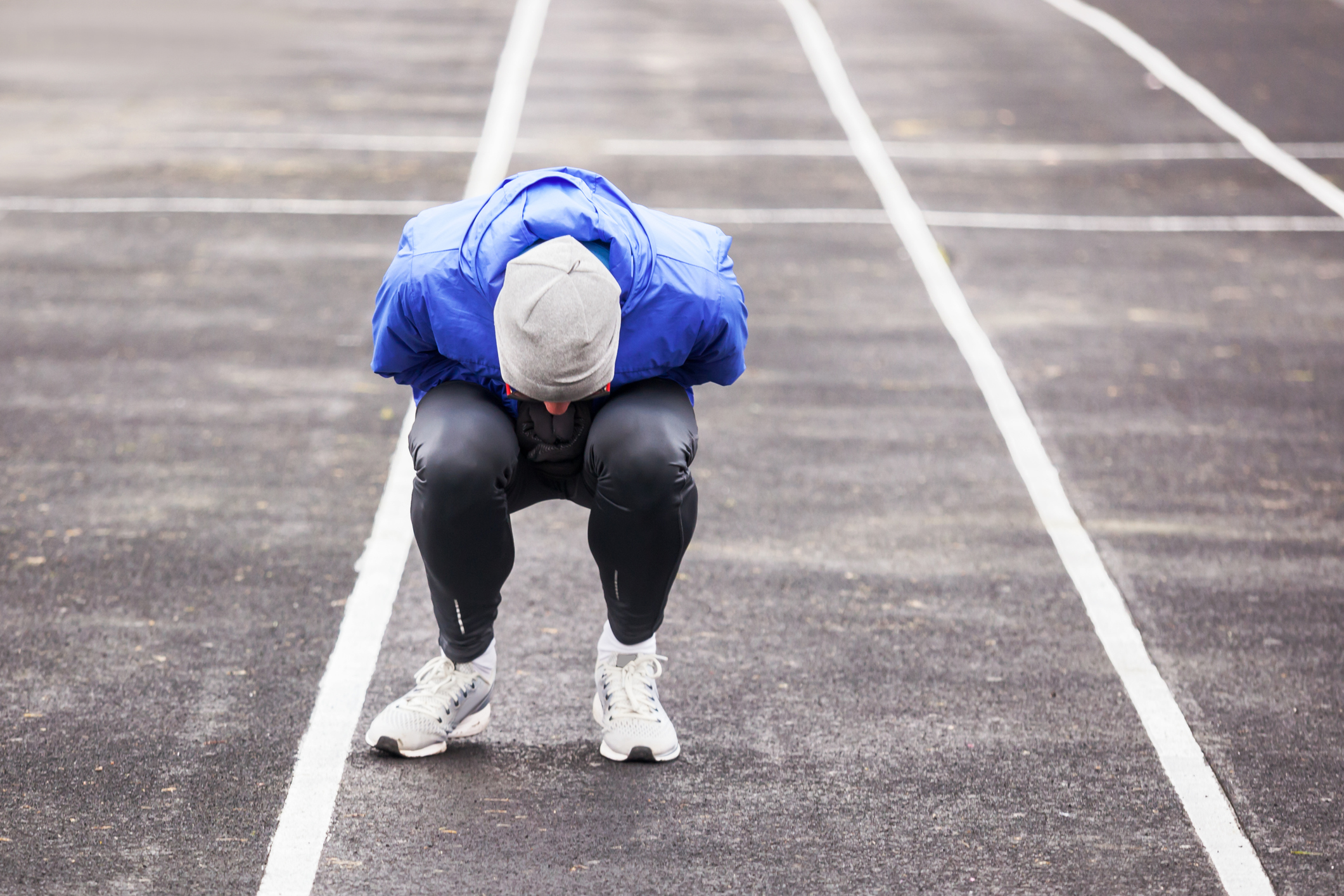How Much Caffeine is Too Much Caffeine?

There’s no denying that many athletes turn to caffeine for a performance boost, and triathletes are no exception. With numerous caffeine products available, triathletes often turn to gels, beverages, and chews to take the edge off when things get dicey in a race. But as with anything, too much can be harmful, and not everyone responds to caffeine the same way. So, let’s dive into what science says about how much to take, the point of diminishing returns, and how to use it wisely in training and racing.
What is caffeine, and how does it work?
Caffeine stimulates the central nervous system (CNS) by blocking adenosine receptors in the brain, reducing perceived effort, delaying fatigue, and improving mental focus, attention, and motivation. These benefits apply broadly across sports, from sprints and endurance events to team sports and strength training. It’s no wonder many athletes feel skipping their pre-exercise coffee puts them at a performance disadvantage.
Caffeine peaks in the bloodstream 60 minutes after consumption and has a half-life of approximately 5 hours (the time it takes the body to break down 50% of it). However, the physiological response to caffeine is highly individual. While most athletes experience a performance boost to varying degrees, some are caffeine-sensitive due to genetic variations that affect the breakdown rate. These variations explain why some people experience adverse side effects at very low doses and cannot tolerate caffeine, while others can drink coffee late in the day and still sleep well.
Dosing, delivery, and side effects:
Caffeine naturally occurs in coffee beans, tea leaves, cocoa beans, and cola nuts. It is also synthetically produced and added to sports gels, chews, energy drinks, sports drinks, chewing gum, and dietary supplements. Interestingly, synthetic caffeine is absorbed faster by the body and thus takes effect faster than its natural counterpart. Most caffeinated sources, such as coffee, sports nutrition products, and tablets, are absorbed through the gut, pass by the liver, and enter circulation before affecting the CNS. However, caffeine from chewing gum is absorbed directly through the lining of the cheeks inside the mouth, bypasses the liver, enters the bloodstream within 5-15 minutes, and peaks by 25 minutes.
The recommended dose for a performance boost while minimizing side effects is a moderate 2-3 mg/kg of body weight. Higher doses of 5-6 mg/kg of body weight do not further enhance performance but increase the risk of side effects. Those side effects include headaches, increased anxiety, irritability, rapid heart rate, dizziness, nausea, tremors, elevated blood pressure, insomnia, and gastrointestinal distress. Overconsumption or improper use can lead to severe consequences, including arrhythmias and potentially death.
A word on safety: Beverages and supplements containing synthetic caffeine, such as energy drinks and powdered caffeine, are not regulated by the FDA and, therefore, are not required to disclose the amount of caffeine or list of ingredients on the label. To make matters worse, undeclared ingredients and proprietary formulas found in manufactured caffeine beverages may include ingredients banned by WADA and the NCAA. To reduce the risk of accidentally taking in too much caffeine, always check the ingredient label for these commonly used stimulant drugs: green tea extract, kola nut, cola, coffee extract, yerba mate, guarana, and bitter orange (citrus aurantium), as well as the amount of caffeine per serving if included.
Practical application:
There are many ways to use caffeine in training/racing, and what works for your training partner may not work for you. The best way to determine your effective dose is through repeated and careful experimentation during race-similar intensity and duration training sessions. Caffeine timing depends on the source, the duration, and your body’s response. Research suggests that 2 mg/kg body weight is a reasonable starting dose for most athletes. Given that, let’s dive into practical scenarios.
For training sessions or races lasting approximately 1-3+ hours, ~2-3 mg/kg of caffeine 30-60 minutes before the start. Depending on your response, follow up with small hourly doses, such as caffeinated gels or chews, during exercise to maintain an optimal blood level. These regular small caffeine hits throughout the session are similar in effectiveness to a single pre-exercise dose and can be taken without the pre-exercise dose. Another option is caffeinated chewing gum 15 minutes before the start of exercise and chew for at least 5 minutes for full effect.
For events lasting 3+ hours, caffeine is the most beneficial late in the race when fatigue is the highest. Aside from morning coffee or a pre-race dose, waiting until midrace to use caffeine may be strategically advantageous. Then, continue with small doses every 30-60 minutes to maintain the desired effect. Research suggests these small hits of caffeine late in a race have comparable performance effects to higher single doses taken earlier. If caffeine use has been well below your tolerable threshold during an endurance event, taking a 1-2mg/kg dose 60 minutes ahead of the final 6-mile push or climb could be beneficial.
The good news is that research suggests the exact protocol doesn’t matter very much, provided you reach your effective dose. But be aware that taking in multiple sources of caffeine in varying amounts may tip the scales over your threshold and lead to adverse effects. To best manage your dosing, avoid adding caffeine to sports drinks that serve as your primary hydration and fuel source. Instead, take in caffeine in smaller amounts through supplemental fuel such as gels and chews.
Finally, caffeine is not a substitute for fueling with carbohydrates (carb) during exercise and will not save the day if energy levels fade due to poor or inadequate fueling.
Example: A 150lb (68kg) athlete; 1 mg/kg = 68mg caffeine; 2mg/kg = 136mg caffeine; 3mg/kg = 204mg caffeine
Noteworthy research:
- Regular caffeine consumption does not alter caffeine absorption and metabolism or blunt its response. So, regular caffeine consumers (e.g., coffee drinkers) do not need to take a larger dose or implement a caffeine taper to get the desired effect.
- Caffeine intake of <6mg/kg does not lead to excessive urine loss or affect hydration status.
Products with Caffeine on IRONMAN Race Course
| PRODUCT | CAFFEINE mg | SERVING SIZE |
| Maurten Gel CAF | 100mg | 1 gel |
| Coke | 34mg | 12oz can |
| Coke | 2.8mg | 1 oz = medium mouthful |
Caffeine Content in Common Sports Products
| PRODUCT | CAFFEINE mg | SERVING SIZE |
|---|---|---|
|
Red Bull |
80 mg |
8.4oz |
| GU Gel | 20-40 mg | 1 gel |
| Neversecond Gel | 75 mg | 1 gel |
| SIS Gel | 75-150 mg | 1 gel |
| Maurten 100 CAF | 100 mg | 1 gel |
| Skratch Chews | 2-50 mg | 1 package |
| Clif Bloks | 25-50 mg | 3 bloks |
| Bonk Breaker Chews | 100 mg | 4 bites |
| Caffeinated gum | 40-100 mg | 1 piece |
Caffeine Content in Daily Beverages
| PRODUCT | CAFFEINE mg | SERVING SIZE |
| *Coffee | 90-250mg | 8oz |
| Instant Coffee | 82 mg | 8oz |
| Black Tea | 45-90 mg | 8oz |
| Green Tea | 25-45 mg | 8 oz |
| Diet Coke | 46 mg | 12oz can |
| Mountain Dew Soda | 55 mg | 12oz can |
*high variability of caffeine in brewed coffee.
Final thoughts:
Caffeine can be an effective tool for enhancing athletic performance, albeit when used wisely and customized to the individual—it’s not a one-size-fits-all solution. Through repeated experimentation in training, determine the lowest effective dose that supports your performance. Monitor how it affects your sleep, mood, and energy levels, and adjust accordingly. When applied wisely, caffeine can enhance focus, reduce the perception of effort, and delay fatigue, making it a valuable part of a well-planned performance strategy. However, it is not a magic solution and does not compensate for poor fueling, hydration, and pacing. Be smart, take the “less is more” approach, and remember, nothing new on race day! Learn more about our Sports Nutrition Services.









